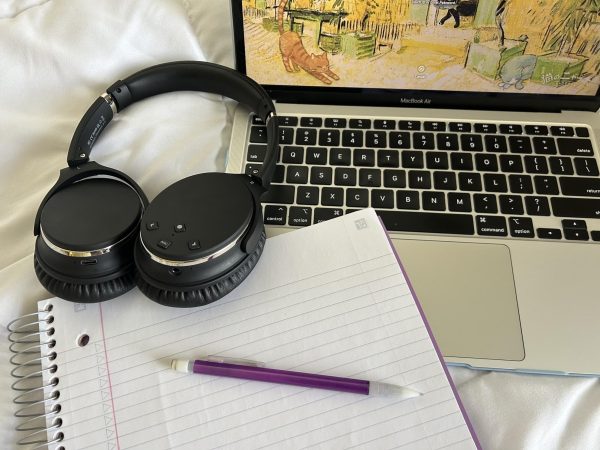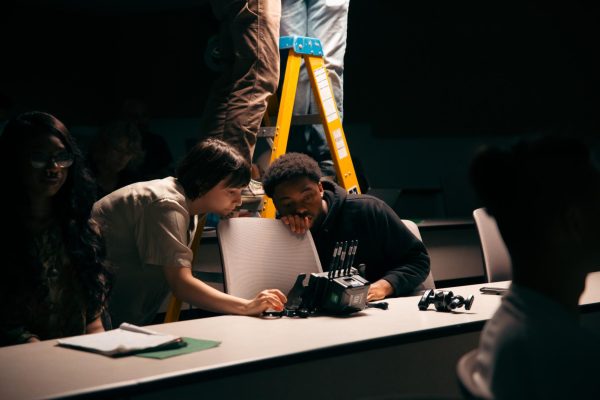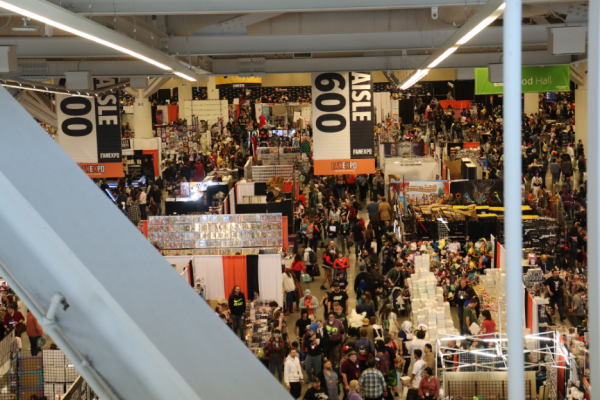Liquid Crystal Institute to introduce flexible screens
June 21, 2006
Technology has been getting smaller, more portable and more flexible – now it is even becoming wearable.
By using two panes of plastic instead of glass to hold liquid crystals between them, the Liquid Crystal Institute has developed flexible displays that are more portable and durable. Flexible displays have the technical capabilities of a computer, but the flexibility of a piece of paper.
“There’s a limit to glass (the typical material used for displays). Not the case with plastic: It is less expensive, more durable and comes in larger quantities than glass,” said John West, vice president for research and dean of graduate studies.
Jim Maxwell, public relations coordinator for the institute, said he anticipated success and new markets for flexible screens.
“Maybe someday we’ll be able to type on the sleeve of our shirts,” Maxwell said.
Some people think that day might not be so far away.
“With an early market entry and companies already identified to market and sell these displays, flexible screen displays will enter the consumer market for the first time this fall,” West said.
Kent Displays Inc. is one of the companies that has been collaborating with the institute to develop and eventually manufacture the displays.
Companies such as Kent Displays and AlphaMicron Inc. have already developed items such as ski goggles with lenses that change colors using this liquid crystal technology.
This liquid crystal technology for flexible displays is in competition with organic light-emitting diodes.
“It’s about finding the right plastic, and it’s not OLEDs – they are sensitive to water and oxygen,” West said.
The diodes also do not last as long as liquid crystal displays.
“There’s a lot of hype and real problems with OLEDs,” West said. “There’s been a push in the market to develop flexible displays. We took a new approach.”
The institute has been working toward developing these displays for more than 40 years – since the institute began.
In 2004, a $1.6 million grant was awarded to the institute as part of Gov. Bob Taft’s Third Frontier Project to further develop flexible displays.
“In 20 years, displays are going to be everywhere,” West said. “Entire walls will be displays – that’s where the market is going.”
Contact sciences reporter Callie Fruit at [email protected].























